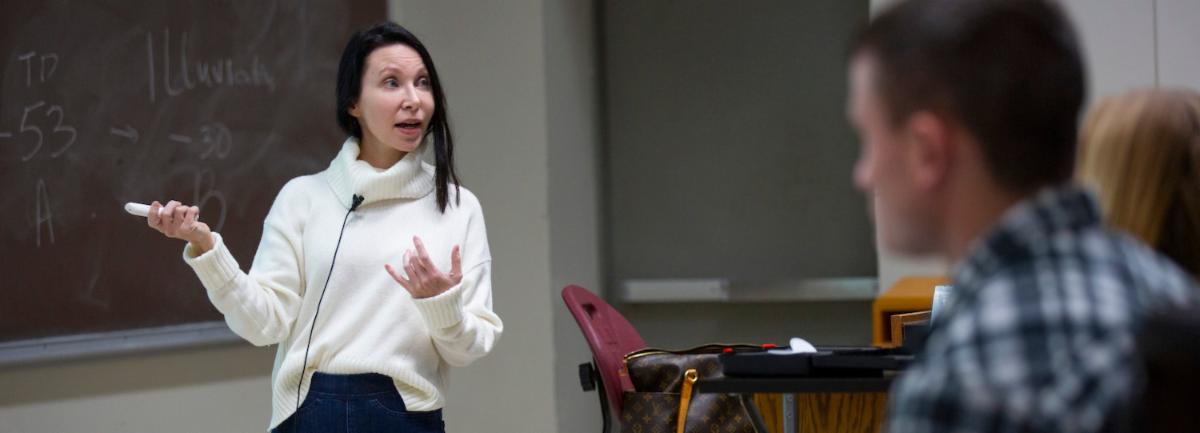Category: Teaching Tip
Quick and short tips on teaching practices.
Winter Wellness Resources (CELT Teaching Tip)
End of Semester Preparation (Teaching Tip)
Send a Shout-out of Gratitude (CELT Teaching Tip)
Keep Your Students Engaged (Teaching Tip)
Submit Your Miller Faculty Fellowship Application (CELT Teaching Tip)
Pause to Reflect on Your Time Together (CELT Teaching Tip)
Welcome Back to Campus from CELT (Teaching Tip)
Teaching Tip: Midterms, plus/delta, document your teaching series, and more!
Engaged or not? That is the Question.
 One of the questions CELT receives on a regular basis is, “How can I engage my students in the course content?” Or, “How do I help my students engage with course content more meaningfully?”
One of the questions CELT receives on a regular basis is, “How can I engage my students in the course content?” Or, “How do I help my students engage with course content more meaningfully?”
In the article titled, “ Engaged Learning: Are we all on the same page” Dr. Bowen (2005) observed that “engagement is increasingly cited as a distinguishing characteristic of the best learning in American higher education today.” Dr. Bowen discusses four ways in which we can engage with student learners that may be known as other initiatives in higher education:
- Engagement with the learning process is similar to active learning.
- Engagement with the object of study is similar to experiential learning.
- Engagement with contexts generally is similar to multidisciplinary learning.
- Engagement with social and civic contexts is similar to service learning.
Our upcoming workshop, Engagement Strategies for Every Classroom on September 20 (12:10 – 1:00 p.m., 2030 Morrill Hall) will feature engagement with the learning process or active learning strategies. Many of the learning activities help students progress cognitively by engaging them on an affective level (enjoyment) and on a kinesthetic level (physical).
One of my favorite engagement strategies, from this workshop, is called the “Barometer” or the “Continuum”. It is an interactive opportunity for students to share their opinions by asking them to line up along a continuum based on their position on an issue. It is especially useful when you want to discuss an issue about which students have a wide range of opinions. The Barometer or Continuum can be used to:
- Gauge student knowledge, beliefs, perceptions
- Demonstrate the wide array of knowledge, beliefs, perceptions on a topic
- Because a Barometer activity makes many positions viewable, it can be an effective pre-writing exercise before an essay assignment.
All that you need is space for students to physically move to their place of agreement on the continuum. If space is not available, you can ask students to indicate with their hands (raised or lowered) their opinion.
Register for the Engagement Strategies for Every Classroom workshop via the Learn@ISU website; as well as, download CELT’s 226 Active Learning Techniques (PDF).
See you there,
Sara Marcketti, Interim Director
Center for Excellence in Learning Teaching
View the published CELT Teaching Tip: Engaged or not? That is the Question. (September 14, 2017 – Constant Contact) website.



